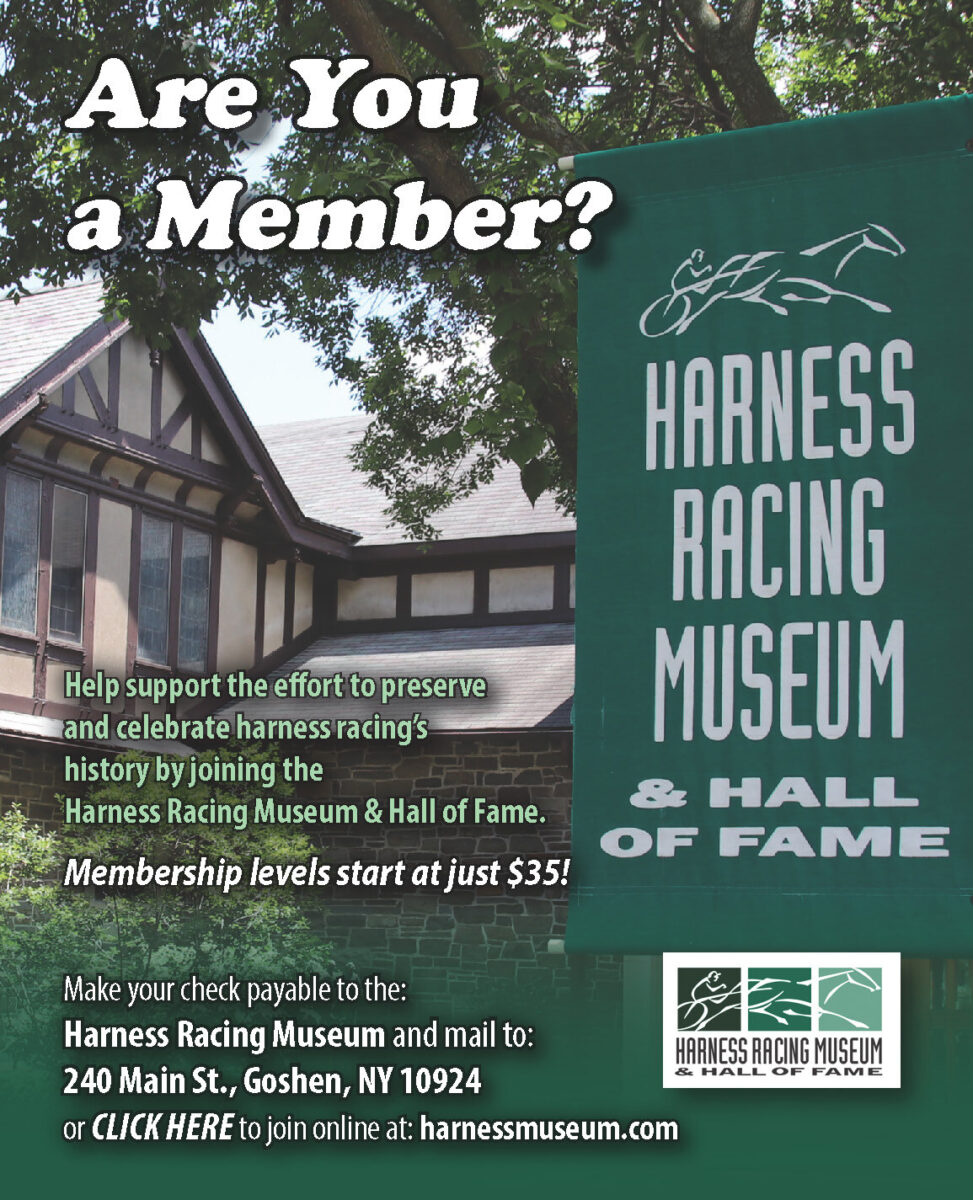The wounds that never heal
by John Berry
Back around 1949 or 1950, I remember having a big cut on my arm.
A huge scab formed over the wound and, being a bit stubborn, I decided to yank the bandage off and, of course, after ripping it off, it bled like a sieve again and rekindled the hurt… again.
It was that memory that spawned this Mane Attraction, as the tragedy of recent days unfolded.
I — we — have witnessed a lot over our lifetime and are fortunate enough to still be around, instead of being the ones witnessing our own ending and misfortune, which, guaranteed, will, someday, come.
From Francis McIsaac in 1979 to Hunter Myers, with Wayne Smullen, David Dunckley, Billy Haughton, Shelly Goudreau, Hal Belote, even Lew Williams — but in a different, tragic farm circumstance — among others, when time tries to heal our wounds from one incidental tragedy in our sport, the “bandage” is ripped off with another tragedy and our hearts bleed all over again.
This tragedy even brings me back to the “Pop” Geers days, who died on the very day honoring him on “Pop” Geers Day at a fair over 100 years ago.
History doesn’t lie and, sometimes, it wounds us all very badly.
But our sport is no different than any other.
There have been 128 deaths of drivers, and spectators, at NASCAR events with another 14 losing their lives at the Daytona Speedway, including the now legendary Dale Earnhardt.
Bill Masterson died from an injury sustained in a National Hockey League game.
Ray Chapman passed away after being hit in the head by a pitch during a baseball game.
Chuck Hughes expired after suffering a heart attack and died on a field during an NFL game.
Nomar Kumaritashvili lost control of his sled during a training run for the Olympics and died.
The pro-wrestler Owen Hart died during a pre-fight event.
These are just a few of the relatively few tragedies in sports and they all competed in a sport that they loved and in which they excelled.
Sports will find tragedy and death in just about every category, from canoeing and cricket to diving and skiing.
During my lifetime — 81 years, thus far — 113 boxers have lost their lives in the ring, the most recent being John Cooney on Feb. 8, of this year.
Will there be conversations about making the sports safer?
Of course.
One day after Earnhardt’s death in 2001, the safety revolution began and hasn’t stopped since with changes to seats, headrests and belts, among other improvements.
One notable quote read, “The impact that Earnhardt had after his death on the safety of auto racing has been something that is far greater than would have happened with anybody else.”
We are all one or two seconds away from death every breath we take.
From traffic on the highway — especially with today’s careless and “wreck full” drivers — to the next bolt of lightning, to a tornado strike, to the person standing next to you with a concealed weapon, you never know.
But one thing that the NASCAR did that our sport seems reluctant to do is seek advice outside of our own little, private bubble.
Personally, I haven’t gotten over the passing of McIsaac, Mullen, Dunckley, Williams, Goudreau, Belote and, of course, Haughton, among others.
The Hunter Myers tragedy will be with me until my dying breath.
I spoke with both Bill O’Donnell and Wally Hennessey about this situation and both acknowledged the improvements in today’s helmet that have saved countless lives and prevented serious injury over the years when split second situations occur on our tracks.
Our sport is a dangerous one.
Most sports are.
But, when auto driver “Pete” Snell died in 1957 when his helmet failed, the Snell Foundation became a reality and great strides have been made, especially from the soft hat days.
Safety is a paramount issue in our sport, or should be.
Whether it’s the difference in hand holds, say, between here and Italy and other nations overseas, or judges in close up vehicles to the inside of the track following around, or whatever.
I am hoping that the legacy of Hunter Myers might be placed indelibly in history with the formation of the Hunter Myers Research and Development Organization, which just might lead to a future of unprecedented changes in safety for our sport.
It shouldn’t take more than 1:45.3 to put this suggestion into reality.
MAY THE HORSE BE WITH YOU

















